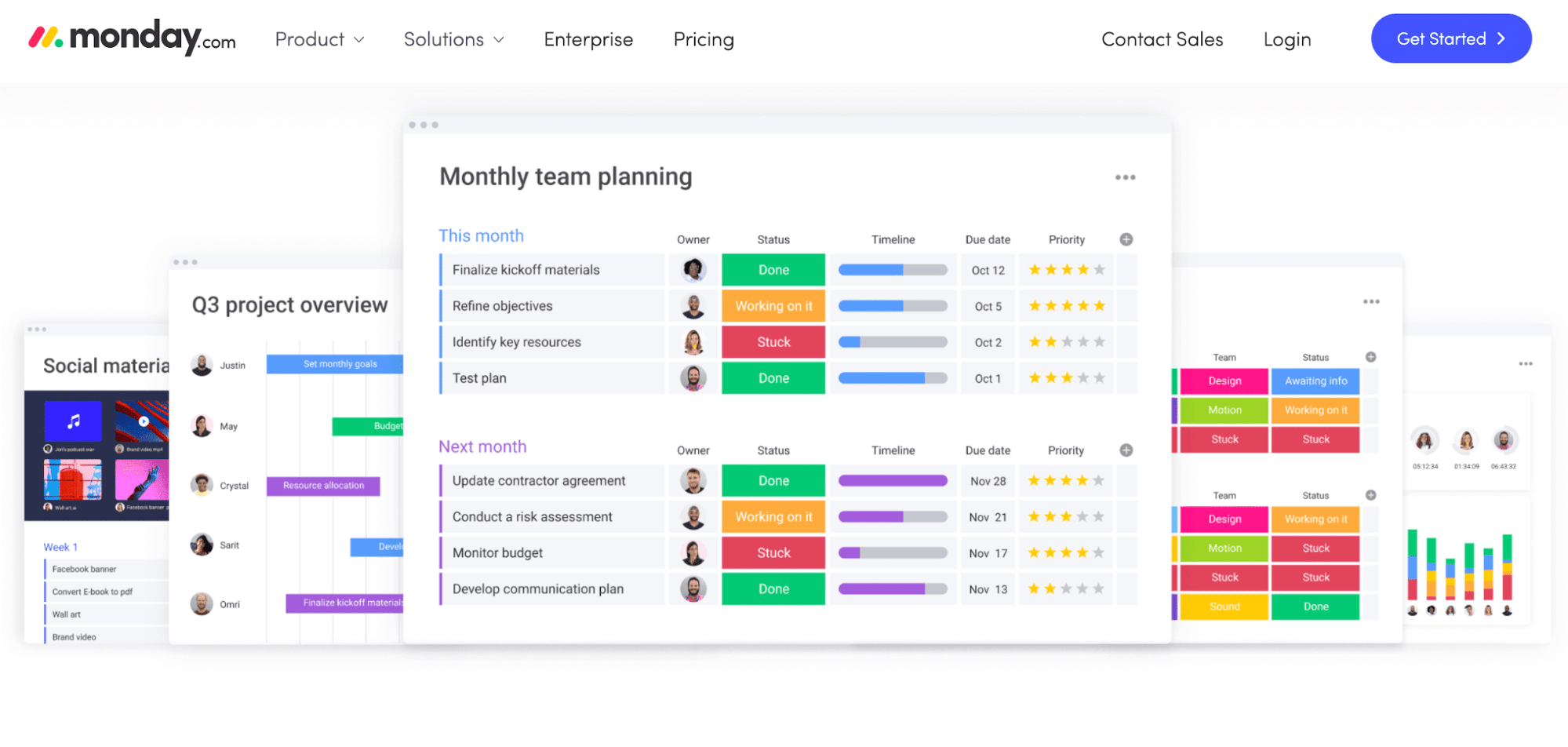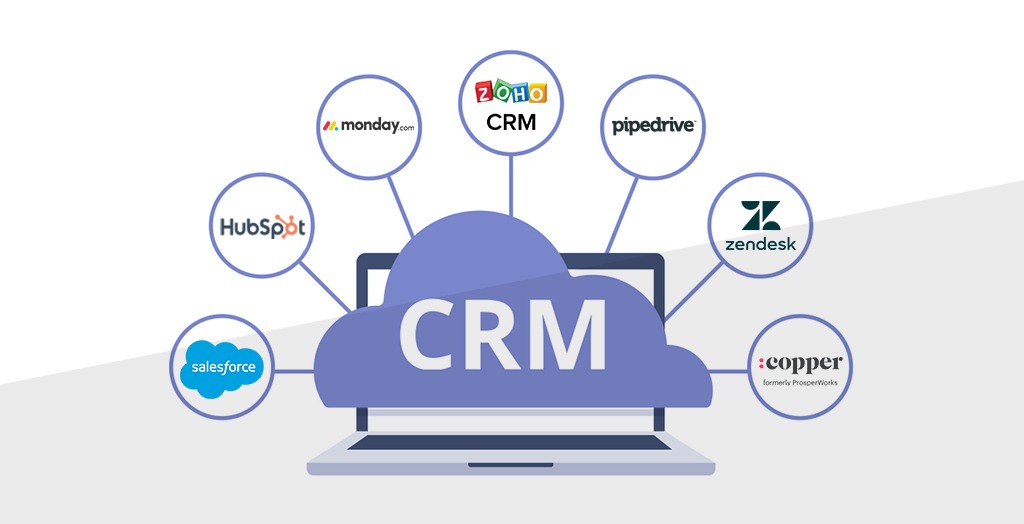Understanding Disability Insurance
Disability insurance is a type of coverage that provides financial protection to individuals who are unable to work due to a disability or illness. It is designed to replace a portion of the person’s income, allowing them to maintain their standard of living and meet their financial obligations.
Types of disability insurance:
- Short-term disability insurance: This type of coverage typically provides benefits for a limited period, usually a few months, after a disability occurs. It is meant to replace temporary income when the individual cannot work.
- Long-term disability insurance: Long-term disability insurance provides benefits for an extended period, often until the individual reaches retirement age. It offers more comprehensive coverage and can provide income replacement for disabilities that last for an extended period or are permanent.
- Qualifying for disability benefits:
- Each disability insurance policy will have its specific criteria for determining eligibility for benefits. Generally, a disability must be certified by a healthcare professional, preventing the individual from performing their regular job duties.
- Some policies may also require a waiting period before benefits become payable, typically 30 to 90 days after the disability occurs.
Benefits provided by disability insurance:
- Disability insurance benefits are typically a percentage of the individual’s pre-disability income. The actual rate will vary depending on the policy and may range from 50% to 70% of their income.
- These benefits are generally tax-free, allowing individuals to receive their full benefit amount without deductions.
- Disability insurance can provide peace of mind and financial security in the event of an unexpected illness or disability, as it ensures that individuals can continue to meet their financial obligations and maintain their lifestyle despite being unable to work.
Understanding the different types of insurance, the qualification process, and the benefits provided is crucial to making informed decisions and selecting the right policy to safeguard one’s income in case of a disability.
The Risks of Being Uninsured
- Financial Vulnerability:
- Without disability insurance, individuals expose themselves to financial risks if they cannot work due to illness or injury.
- Medical bills, daily living expenses, mortgage payments, and other financial obligations can become overwhelming without a regular income.
- Being uninsured leaves individuals and their families vulnerable to significant financial hardships.
Limited Access to Healthcare:
- Without insurance, accessing healthcare services becomes costly and can lead to delays in seeking necessary medical treatment.
- Regular check-ups and preventive care are vital for detecting health issues early on, and being uninsured can hinder individuals from receiving timely care.
- Delayed or inadequate healthcare can worsen health conditions and result in higher medical costs in the long run.
- Increased Stress and Anxiety:
- The uncertainty of not having disability insurance can create significant stress and anxiety about the future.
- Without financial stability, individuals may constantly worry about coping if they cannot work.
- This stress can have detrimental effects on physical and mental well-being, potentially exacerbating existing health conditions.
- Limited Social Support:
- Lack of disability insurance may limit an individual’s access to social support networks such as disability benefits and rehabilitation services.
- Without these resources, individuals may need help maintaining their quality of life and independence.
- Social support plays a crucial role in providing assistance and guidance during adversity.
Restricted Career Opportunities:
- Without disability insurance, individuals may hesitate to take risks or pursue career opportunities that might put them at greater risk of injury or illness.
- The fear of losing income and needing a safety net can hinder individuals from exploring new ventures or advancing in their careers.
- This limitation may lead to missed chances for personal growth and professional development.
Recognizing the risks of being uninsured and taking proactive steps to protect one’s financial well-being and future is essential. Disability insurance can provide the necessary safety net to mitigate these risks and ensure financial stability during unexpected life events.
Types of Disability Insurance Coverage
There are several types of disability insurance coverage available to protect individuals in the event of an illness or injury that prevents them from working. Here are some common types:
- Short-term insurance: This type of coverage provides benefits for a temporary disability, typically ranging from a few weeks to a few months. It helps replace a portion of the individual’s income during recovery.
- Long-term insurance: Long-term disability insurance offers coverage for disabilities that lasts an extended period, usually more than six months. It provides income replacement if the individual cannot work for an extended duration.
- Group disability insurance: Group disability insurance is typically offered by employers as an employee benefit. It provides coverage to a group of individuals, usually with lower premiums than individual disability insurance.
- Individual disability insurance: Individual insurance is purchased by an individual directly from an insurance company. It offers personalized coverage based on the individual’s occupation, income, and specific needs.
- Supplemental disability insurance: This type of coverage supplements an existing disability insurance policy. It can help bridge gaps in coverage or provide additional income protection.
It is important to carefully evaluate the different types of disability insurance coverage and consider cost, benefit amounts, waiting periods, and policy terms. Choosing the right coverage can provide peace of mind and financial protection in unexpected circumstances.
Factors to Consider When Choosing Disability Insurance
When selecting disability insurance, several important factors must be considered. The right policy can provide a safety net for an unexpected illness or injury. Here are some key factors to consider when choosing insurance:
- Coverage options: Different insurance policies offer varying levels of coverage. It is important to carefully consider the extent and duration of coverage that best suits your needs. Some policies may offer short-term disability coverage for temporary conditions, while others may provide long-term coverage for more serious or permanent disabilities.
- Benefit amount: The benefit amount refers to the monthly payment you will receive in the event of a disability. Consider your current expenses and financial obligations when determining the appropriate benefit amount. It is crucial to ensure that the benefit amount is sufficient to cover your living expenses and maintain your standard of living during the disability period.
- Elimination period: The elimination period is the waiting period before the insurance benefits kick in. It is important to consider the length of this period and how it aligns with your financial situation. A longer elimination period may result in lower premiums, but it also means you will need to rely on other sources of income or savings during that time.
- Definition of disability: Understand how disability is defined under the policy you are considering. Some policies may have stricter definitions, only covering disabilities that prevent you from working in any occupation. Others may have more lenient definitions, covering disabilities that prevent you from working in your specific occupation.
- Premiums and cost: Evaluate the premium cost of the disability insurance policy. Premiums can vary based on age, health condition, occupation, and coverage amount. Consider your budget and weigh the cost against the benefits offered by the policy.
- Policy exclusions and limitations: Carefully read the policy’s exclusions and limitations to understand what is covered and not fully covered. Insurance policies may limit pre-existing conditions or exclude certain disabilities or injuries.
- Insurer’s reputation: Research the insurer’s reputation and financial stability. Selecting a reputable insurer with a strong history of honoring claims and providing reliable customer service is important.
By considering these factors, you can make an informed decision when choosing disability insurance that suits your needs and provides you with the protection and peace of mind you deserve. Remember to carefully review and compare different policies before making a final decision.
The Process of Filing a Disability Insurance Claim
Filing a disability insurance claim is important to secure financial support during unexpected disability. Here’s a concise outline of the process involved:
- Review the policy: Begin by carefully reviewing your disability insurance policy to understand the terms and conditions, coverage limits, waiting periods, and definitions of disability. Familiarize yourself with the specific requirements for filing a claim.
- Notify your insurer: Contact your insurance provider about the disability. Promptly informing them allows faster processing of your claim and helps you with any required reporting timelines.
- Gather necessary documentation: Prepare all relevant documentation to support your disability claim. This may include medical records, diagnostic reports, treatment plans, doctor’s statements, and any other evidence demonstrating the severity of your disability and its impact on your ability to work.
- Complete claim forms: Fill out the claim forms provided by your insurance company. Be thorough and accurate when providing personal, medical, and employment details. All information and consistency can be present to ensure timely claim processing.
- Submit your claim: Submit the completed claim forms and supporting documentation to your insurer. Ensure that you keep copies of all the paperwork for your records.
- Medical evaluation: Your insurance provider may require you to undergo an independent medical evaluation (IME) by a healthcare professional of their choice to assess the nature and extent of your disability.
- Claims review: Once your claim is submitted, it will be reviewed by the insurance company’s claims department. They may request additional information or clarification if needed.
- Decision and notification: After the review process, the insurance company will decide your disability claim. They will notify you of their decision and explain their acceptance or denial of the claim.
- Appeal or follow-up: You can appeal the decision if your claim is denied. Work with your insurance provider to understand the reasons for the denial and provide any additional information or documentation that may strengthen your case.
- Make a plan: If your disability claim is approved, carefully consider how you will manage your finances during this period. Develop a budget, explore additional financial assistance options, and work with your employer to understand any benefits available to you.
Navigating the process of filing a disability insurance claim can be complex, but with careful preparation and documentation, you can maximize your chances of a successful claim. Always review your policy and consult an insurance professional with any questions or concerns.
Common Misconceptions About Disability Insurance
Regarding disability insurance, several common misconceptions can prevent individuals from obtaining the coverage they need. It’s important to dispel these misconceptions and understand the true value of disability insurance. Here are a few common myths surrounding disability insurance:
- “I’m Healthy, so I don’t need disability insurance.” This is a mistaken belief that can leave individuals vulnerable. Accidents and illnesses can occur unexpectedly, even in the healthiest individuals. Disability insurance provides a safety net, ensuring financial protection in case of a serious injury or illness that prevents you from working.
- “I already have health insurance or workers’ compensation, so I don’t need disability insurance.” While health insurance and workers’ compensation may cover medical expenses, they do not provide income replacement. Disability insurance specifically replaces a portion of your income if you become disabled and unable to work, allowing you to maintain your lifestyle and meet financial obligations.
- “I have enough savings to cover me if I become disabled.” Relying solely on savings may not be sufficient for a long-term disability. Disability insurance provides ongoing income replacement, ensuring that your financial needs are met until you can return to work or for the duration of your disability.
- “Disability insurance is expensive.” The cost of disability insurance varies depending on age, health, occupation, and coverage amount. While premiums may seem expensive, they are a small investment compared to the potential loss of income and financial hardships that can arise from a disability.
- “I can rely on government benefits if I become disabled.” Government benefits programs such as Social Security Disability Insurance (SSDI) can provide some financial assistance, but the application process can be lengthy, and the benefits may not fully replace your lost income. Disability insurance ensures that you have a reliable source of income during your disability without relying solely on government assistance.
Understanding the truth behind these misconceptions is crucial for safeguarding your income. Disability insurance offers vital protection, providing peace of mind and financial stability in the event of a disability. Don’t let these myths keep you from considering this essential coverage.
The Cost of Disability Insurance
When considering disability insurance, it’s important to understand the cost involved. The premium you’ll pay for disability insurance will depend on several factors, including your age, occupation, health history, and desired coverage amount.
- Age: Typically, the younger you are when you purchase disability insurance, the lower your premium will be. This is because more youthful individuals are generally considered to be at a lower risk of becoming disabled.
- Occupation: Some occupations are considered riskier than others, so individuals in these professions may face higher premiums. Jobs that involve physical labor or have a higher likelihood of injury are often categorized as higher-risk occupations.
- Health History: Your health plays a significant role in determining the cost of disability insurance. Pre-existing conditions or a history of medical issues may result in higher premiums or exclusions from coverage.
- Desired Coverage Amount: The disability income you want to receive if you become disabled will impact your premium. Generally, the higher the coverage amount, the higher the premium.
It’s important to note that disability insurance premiums are typically more expensive than life insurance premiums. This is because the likelihood of becoming disabled during your working years is greater than the likelihood of passing away. However, the cost of disability insurance is a worthwhile investment to ensure financial security in case of an unexpected disability.
Understanding the factors that influence the cost of disability insurance can help you make an informed decision about the type and amount of coverage that aligns with your needs and budget.
Employer-provided vs. Individual Disability Insurance
Regarding disability insurance, there are two primary options: employer-provided and individual policies. Understanding the differences between these two types of coverage can help you decide which option is best for you.
Employer-Provided Disability Insurance
Employer-provided disability insurance is a common benefit offered by many employers. This type of coverage is often included in your employee benefits package. It typically provides a percentage of your income if you become disabled and cannot work.
One key advantage of employer-provided disability insurance is that it is often more affordable than individual policies. Employers usually negotiate group rates with insurance providers, lowering employee premiums. Additionally, there may be no medical underwriting required, making it easier to qualify for coverage.
However, it’s important to note that employer-provided disability insurance may have limitations. The coverage amount is typically based on a percentage of your salary, which means it may not fully replace your income if you become disabled. Additionally, if you leave your job, the coverage may not be portable, meaning you could lose the insurance protection.
Individual Disability Insurance
Individual disability insurance is a policy you purchase directly from an insurance company independently of your employer. This type of coverage provides income replacement for a disability and offers more flexibility than employer-provided policies.
One key advantage of individual disability insurance is that you have more control over the coverage amount and terms. You can tailor the policy to your specific needs, ensuring that it provides adequate income protection if you cannot work. Additionally, individual policies are typically portable, meaning you can take them with you even if you change jobs.
However, individual disability insurance may have higher premiums compared to employer-provided policies. The cost is based on age, health, occupation, and coverage amount. Separate policies often require medical underwriting, so you may need a health evaluation to qualify for coverage.
In summary, employer-provided disability insurance is a convenient and potentially cost-effective option, but it may have limitations regarding coverage amount and portability. On the other hand, individual disability insurance offers more control and flexibility, but it may come with higher premiums. Assessing your needs and considering your circumstances will help you determine which type of disability insurance is right for you.
The Benefits of Disability Insurance Planning
Planning for disability insurance can provide several benefits to individuals and their families. Here are some key advantages:
- Income protection: Disability insurance can safeguard your income if you cannot work due to a disability. It provides a financial safety net, ensuring that you still receive a portion of your income to cover essential expenses and maintain your standard of living.
- Peace of mind: Knowing that you have disability insurance coverage can bring peace of mind. It helps alleviate concerns about how you would cope financially if a disability were to occur. With disability insurance, you can focus on your recovery and overall well-being without worrying about the financial impact.
- Flexibility: Disability insurance plans offer flexibility in terms of coverage and benefits. Depending on your chosen policy, you can customize the coverage to meet your needs. This flexibility allows you to select the level of protection that suits your income, occupation, and lifestyle.
- Support for dependents: Disability insurance not only protects your income but also helps support your dependents. If you are the primary breadwinner in your household, the benefits from disability insurance can provide financial stability for your spouse/partner and children.
- Protection against medical expenses: Dealing with a disability often involves significant medical costs. Disability insurance can help alleviate the financial burden by covering doctor visits, hospital stays, medications, and therapy sessions. This support enables you to focus on your recovery and well-being without worrying about the financial aspect of your medical needs.
- Early intervention and rehabilitation: Disability insurance policies often offer access to resources for early intervention and rehabilitation services. These services can help you recover faster and improve your chances of returning to work. By providing financial support for these services, insurance plays a crucial role in facilitating the recovery process.
In conclusion, disability insurance planning offers multiple benefits, including income protection, peace of mind, flexibility, support for dependents, protection against medical expenses, and access to early intervention and rehabilitation services. It is a crucial aspect of financial planning that ensures individuals and their families are prepared for the economic impact of a disability.
Conclusion
In conclusion, disability insurance is essential in safeguarding your income and providing financial security in unforeseen circumstances. Understanding the benefits and coverage options available allows you to make informed decisions to protect yourself and your loved ones.
As you move forward, here are some important next steps to consider:
- Assess your needs: Evaluate your financial obligations, including mortgage or rent payments, daily living expenses, and other financial commitments. Understanding your needs will help you determine the appropriate level of disability insurance coverage.
- Research and compare policies: Take the time to research and compare different disability insurance policies. Consider coverage limits, waiting periods, benefit durations, and premium costs. Choosing a policy that aligns with your specific needs and budget is essential.
- Understand policy details: Carefully review the terms and conditions of any disability insurance policy you are considering. Pay attention to the definition of disability, exclusions, and any applicable limitations or restrictions. Seek clarification from the insurance provider if needed.
- Consult with an insurance professional: If you’re unsure or require guidance, it’s beneficial to consult an insurance professional who can provide expert advice. They can help assess your needs, explain policy options, and address any concerns you may have.
- Stay informed and review regularly: Life circumstances change over time, so it’s important to check your disability insurance coverage periodically. As your income, family situation, or financial obligations evolve, ensure your policy accurately reflects your current circumstances.
Remember, insurance provides financial protection when you cannot work due to an illness or injury. By securing disability insurance, you can gain peace of mind knowing that you have a safety net to protect your income and maintain your financial stability.










